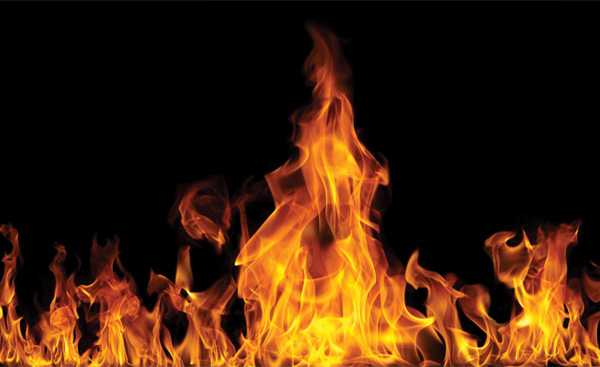When your child gets a burn

The holiday season is here and the kids are on overdrive, running, fighting over toys and clamouring for your attention. Meanwhile, you are busy cooking and hosting family and friends, as you are likely to do during this season. In a momentary lapse of judgement you relax your watchful eye on your young one. He or she manages to crawl their way into the kitchen and grabs onto the first thing they see. A sufuria of boiling milk or the hot saucepan you hurriedly placed on the floor. What do you do next?
Panic not. The first step is to identify the cause of the burn. Aside from direct contact with hot objects, or scalding from hot fluids, burns can also be caused by flames, electric shock and certain chemicals such as bleach when ingested, inhaled or when they come into contact with the skin. After identifying the cause, determine the level of skin damage so as to be able to administer the correct treatment.
It is easy to identify the level of damage as medics have classified burns according to several varying degrees as follows:
First degree/Superficial burns.These cause the least amount of damage. They are caused by brief contact with heat or hot surfaces or harsh chemicals; minor scalding by hot water or steam or sunburn. They are characterised by inflammation and bearable pain and may appear red in colour. They are also dry meaning blisters do not occur.
First-degree burns can easily be treated at home. Run or soak the wound in cold water for five minutes or more. Do not use frozen products like ice or greasy substances such as butter as they can cause frostbite on the burn and lock in the heat making it hard for the burn to heal. Painkillers like paracetamol can be used to control pain. Visit a hospital or clinic for a prescription of antibiotic ointment if necessary.
Second degree burns.Second-degree burns refer to burns extending beyond the outer skin layer. They are caused by deep sunburn, exposure to flames, contact with hot liquids and chemicals. They are classified into two categories – superficial partial thickness and deep partial thickness.
In superficial partial thickness, blisters occur and the wound appears moist, red in colour and may be inflamed and is painful. To treat this kind of burn, run the wound in cold water for 15-20 minutes. Take a painkiller for pain control and do not break the blisters. Visit a hospital or clinic for a prescription of antibiotic cream. It can take five to 21 days to heal this kind of burn.
In deep partial thickness burns, there is extensive damage to the skin, which affects the oil and sweat glands. The skin appears waxy and is red or white in colour. It may also be less painful than expected. This is because the nerve endings may be damaged hence lowering one’s sensation capabilities. To treat this kind of burn, clean the wound with a saline solution. Do not run the wound under cold water as this may cause shock. Dress the wound snugly then visit a doctor for a check-up. Some cases may warrant skin grafting whereby healthy skin is removed from another area of the body to cover the burnt area.
Third degree burns.These penetrate all layers of skin. They are caused by direct contact with flames, electricity or hot objects, clothing on fire, immersion in hot water and corrosive chemicals. They are characterised by leathery or charred skin, which may appear white or black in colour. They are also dry and painless as the nerves are damaged. You must seek treatment immediately for third degree burns as they are life threatening. They cause the body to lose essential fluids and this may result in shock and death. It is recommended that you call an ambulance to transport the victim to hospital, as initial management of the victim is crucial to their healing.
As a general rule, if the burn affects the eyes, ears, face, feet, buttocks or groin area, seek medical attention immediately. These areas are delicate and their functions could be adversely affected by the damage caused by even a minor burn. Children suffering from electric shock burns should also seek medical attention, as there may be deeper damage to tissues that may not be readily evident.
Published in December 2014




